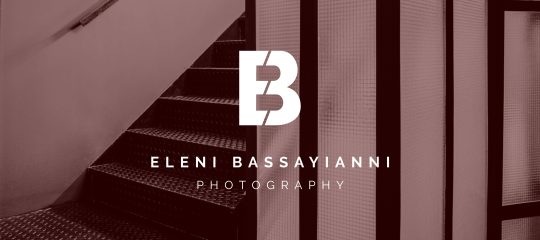

Eleftheriou Venizelou Street
Eleftheriou Venizelou Street is rich in buildings of eclectic architecture.
Modern and Contemporary era (1912 - )
Ottoman era (1453- 1912)
1867 Constructed.
Byzantine era (331 AC- 1453)
Roman era (30 BC- 330 AC)
Hellenistic era (322- 31 BC)
Classical era (478-323 BC)
Archaic era (800-479 BC)
Geometric era (-1100- 800 BC)
Prehistory (-1100 BC)
What I can see
In a route of about 1.5 km we can admire some of the most beautiful buildings of the city and come across monuments from antiquity to modern Greece. On Eleftheriou Venizelou Street, we find ancient monuments, such as the findings on Diikitiriou Square, Ottoman monuments, such as the Hamza Bey Mosque and Bezesten, emblematic buildings of the city’s Jewish community, such as the Gatenio-Florentin Nahmia Mansion, the Saul Stoa and the Bourla Levi Mansion, other important buildings, such as the former Governor’s Headquarters, the Ermion Mansion, the Stein Mansion and the former Luxembourg Hotel, and some historical places such as Eleftherias Square and the Grigoris Lambrakis Monument. Today, we also find a wide variety of shops and services, such as restaurants, cafes, clothing-shoe stores, traditional and grocery stores.
What I can't see
During Ottoman times, the street was called Sabri Pasha. There were scattered shops and was home to many ethnic groups. Gradually, it began to change into a street with more modern shops and entertainment venues. After the fire of 1917 and the arrival of Greek refugees in 1922, commercial uses and other professional categories (e.g. doctors, lawyers) are consolidated, with the largest number of businesses being Jewish, followed by Greek ones, which increased rapidly in the following years, while the Jewish decreased. Turkish businesses existed until the exchange of populations (1924) and there were also a small number of businesses of other nationalities, such as Armenian. After Thessaloniki was incorporated into the Greek state, the buildings of Venizelou Street had to cover the height of 5 floors. Those who could not afford to build the fifth floor, built domes or balconies.
Bibliography
Dimoula S., Doukas I., (2015), Περί της επιχειρηματικής δραστηριότητας εθνοτήτων στην οδό Βενιζέλου Θεσσαλονίκης: Μελέτη των χρονικών μεταβολών της (1908- 1938) με τη χρήση γεωπληροφοριακού συστήματος, [About the business activity of ethnic groups in Venizelou Street, Thessaloniki: A study of its temporal changes (1908-1938) using a geo-information system] in Kairidis D., (ed.), (2015), Θεσσαλονίκη, μια πόλη σε μετάβαση, 1912-2012, [Thessaloniki, a city in transition, 1912-2012], Thessaloniki: Epikentro, p.p. 332- 350
Zafeiris Ch. (1997), Θεσσαλονίκης Εγκόλπιον, ιστορία, πολιτισμός, η πόλη σήμερα, γεύσεις, μουσεία, μνημεία, διαδρομές, [Thessaloniki Handbook, history, culture, the city today, flavours, museums, routes], Athens: Exantas




